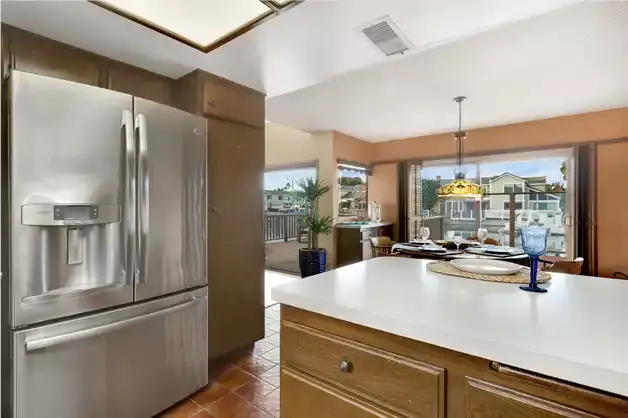Are you ready to bring out the magic in beautiful interior images? Whether you're showcasing an architect's innovative building design, promoting an interior designer's creative skill, or helping a real estate agent sell properties faster, mastering the art of interior photography is essential.
Use light creatively
Light is the key to stunning photography. Understand the different qualities of light throughout the day and how they interact with the space. Natural light from windows or doors can be complemented with artificial lighting from lamps or the flash. Experiment with bracketing techniques to capture multiple exposures and blend them digitally for a perfect shot.

Take some time to organize and rearrange
Before a shoot, create a checklist to ensure everything is in order. Share it with the realtor or homeowner and address any imperfections that may distract from the space's beauty. From removing parked cars to decluttering countertops, attention to detail is key.
Capture the whole room with a wide-angle lens
Make your photos stand out by using a 16-24mm lens to capture the entire room. This technique gives the impression of spaciousness, making even the smallest spaces appear larger.
Ensure perfect alignment
Pay attention to the room's vertical and horizontal lines and use the camera grid or viewfinder as a guide. Correct any tilting or distortion to maintain a sense of balance and stability in your photographs. Real estate photography editing tools can help with adjustments if needed.
Master the exposure triangle
Balance your camera's settings of aperture, shutter speed, and ISO to achieve well-exposed images. Opt for a smaller aperture (f/8 to f/16) for full-room shots, keeping most of the room in focus. Utilize a tripod to avoid camera shake when using low shutter speeds.
Find the perfect angle
Explore different angles and perspectives to understand what showcases the room in the most appealing light. Experiment with shooting from corners, through open doors, or even overhead views to capture the essence of the space.
Use a tripod and the camera timer
For clear and sharp shots, mount your camera on a tripod and use the timer function to eliminate any potential blurriness. This is especially important in low-light situations or when capturing long exposures.

Learn image processing techniques
Perfection may not be achieved in every shot, but post-processing can enhance your photographs. Adjust contrast, brightness, and colors to bring out the best in your images. Crop unwanted sections and retouch as needed to create the ultimate visual experience.
Practice makes perfect
Improving your skills requires practice. Start by photographing your own home and then expand to other spaces, with permission of course. Remember, there are no shortcuts to becoming a professional real estate photographer. Dedicate time and effort to master your craft.
With these nine tips, you're well on your way to capturing stunning interior photographs. Embrace the beauty of spaces and unleash your creativity, one shot at a time!

















